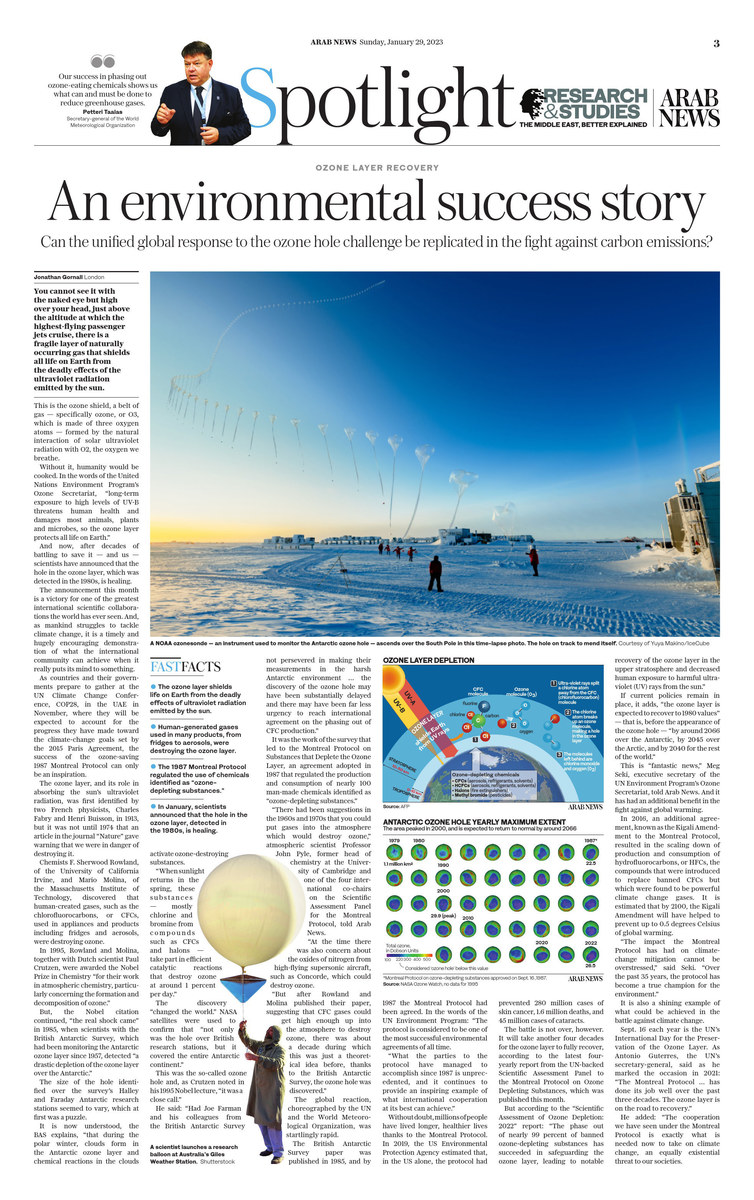Unified world effort to restore Earth’s ozone layer infuses new life into local weather change struggle
LONDON: You can not see it with the bare eye however excessive over your head, simply above the altitude at which the highest-flying passenger jets cruise, there’s a fragile layer of naturally occurring fuel that shields all life on Earth from the lethal results of the ultraviolet radiation emitted by the solar.
That is the ozone protect, a belt of fuel — particularly ozone, or O3, which is fabricated from three oxygen atoms — fashioned by the pure interplay of photo voltaic ultraviolet radiation with O2, the oxygen we breathe.
With out it, we’d all be cooked. Within the phrases of the UN Atmosphere Program’s Ozone Secretariat, “long-term publicity to excessive ranges of UV-B threatens human well being and damages most animals, vegetation and microbes, so the ozone layer protects all life on Earth.”
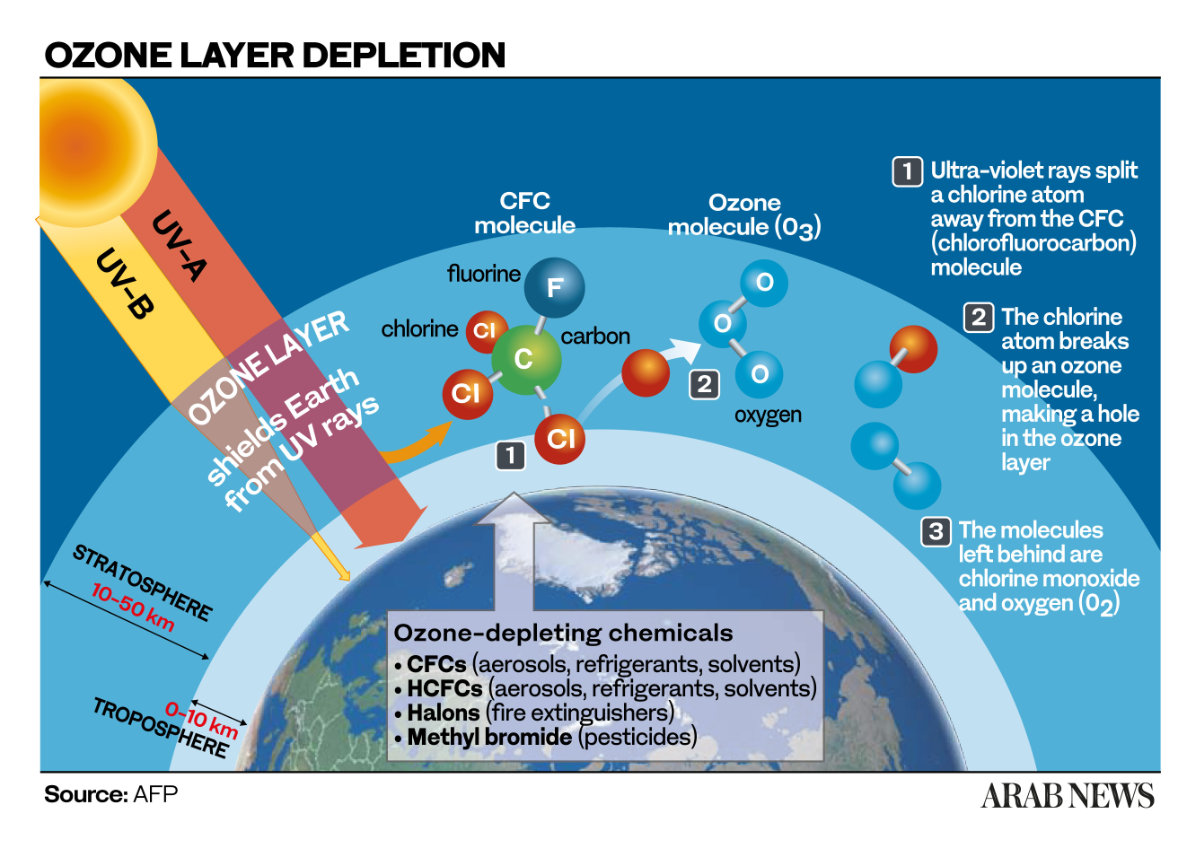
However now, after a long time of battling to put it aside — and us — scientists have introduced that the opening within the ozone layer, which was detected within the Eighties, is therapeutic.
The announcement this month is a victory for one of many best worldwide scientific collaborations the world has ever seen. And, because the world struggles to sort out local weather change, it’s a well timed and massively encouraging demonstration of what the worldwide neighborhood can obtain when it actually places its thoughts to one thing.
Because the nations of the world put together to assemble on the UN Local weather Change Convention, COP28, within the UAE, the place in November they are going to be anticipated to account for the progress they’ve made towards the climate-change objectives set by the 2015 Paris Settlement, the good success of the ozone-saving 1987 Montreal Protocol can solely be an inspiration.
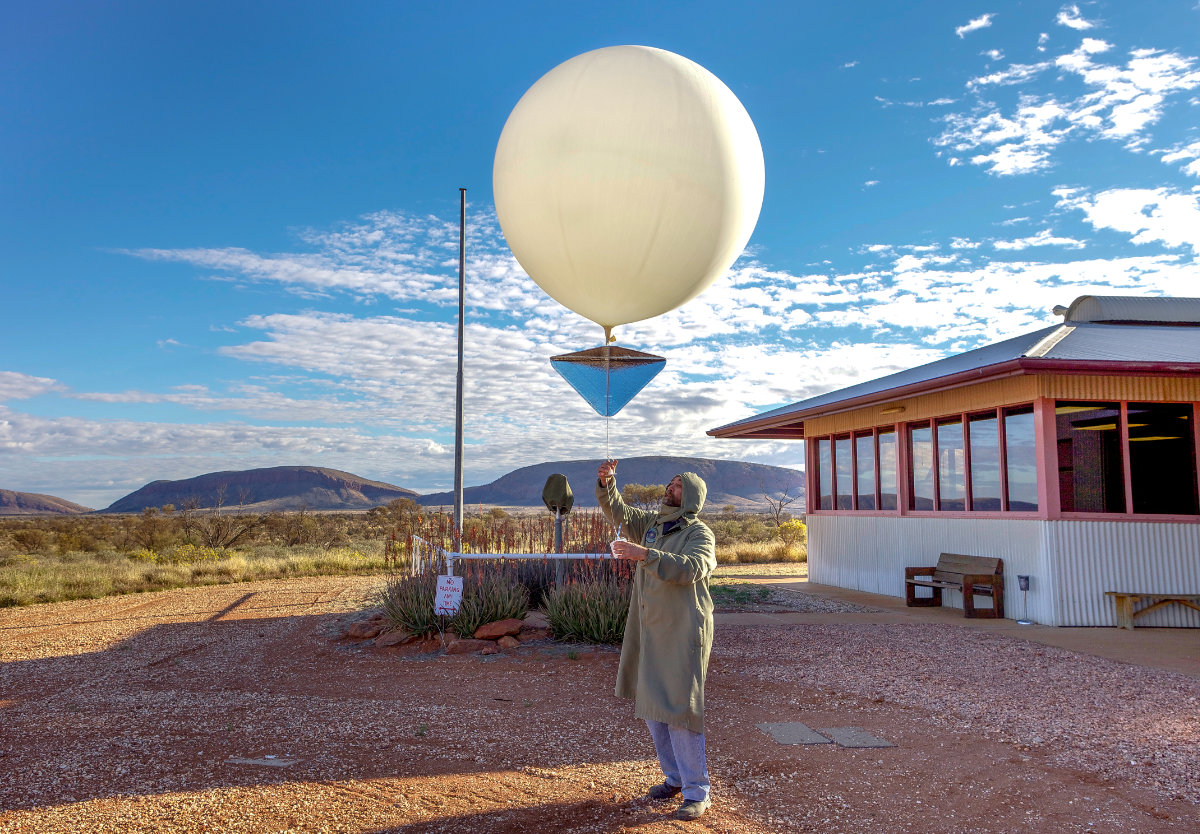
The ozone layer, and its function in absorbing the solar’s ultraviolet radiation, was first recognized by two French physicists, Charles Fabry and Henri Buisson, in 1913, but it surely was not till 1974 that an article within the journal Nature warned that we had been in peril of destroying it.
Chemists F. Sherwood Rowland, of the College of California Irvine, and Mario Molina, of the Massachusetts Institute of Expertise, found that human-created gases, such because the chlorofluorocarbons, or CFCs, utilized in home equipment and merchandise comparable to fridges and aerosols, had been destroying ozone.
In 1995, Rowland and Molina, along with Dutch scientist Paul Crutzen, had been awarded the Nobel Prize in Chemistry “for his or her work in atmospheric chemistry, significantly regarding the formation and decomposition of ozone.”
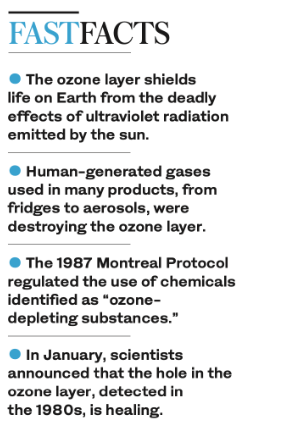 However, the Nobel quotation continued, “the actual shock got here” in 1985, when scientists with the British Antarctic Survey, which had been monitoring the Antarctic ozone layer since 1957, detected “a drastic depletion of the ozone layer over the Antarctic.”
However, the Nobel quotation continued, “the actual shock got here” in 1985, when scientists with the British Antarctic Survey, which had been monitoring the Antarctic ozone layer since 1957, detected “a drastic depletion of the ozone layer over the Antarctic.”
The scale of the opening recognized over the survey’s Halley and Faraday Antarctic analysis stations appeared to fluctuate, which at first was a puzzle.
It’s now understood, the BAS explains, “that in the course of the polar winter, clouds type within the Antarctic ozone layer and chemical reactions within the clouds activate ozone-destroying substances.
“When daylight returns within the spring, these substances — largely chlorine and bromine from compounds comparable to CFCs and halons — participate in environment friendly catalytic reactions that destroy ozone at round 1 p.c per day.”
The invention “modified the world.” NASA satellites had been used to verify that “not solely was the opening over British analysis stations, but it surely coated the whole Antarctic continent.”
This was the so-called “ozone gap” and, as Crutzen famous in his 1995 Nobel lecture, “it was a detailed name.”
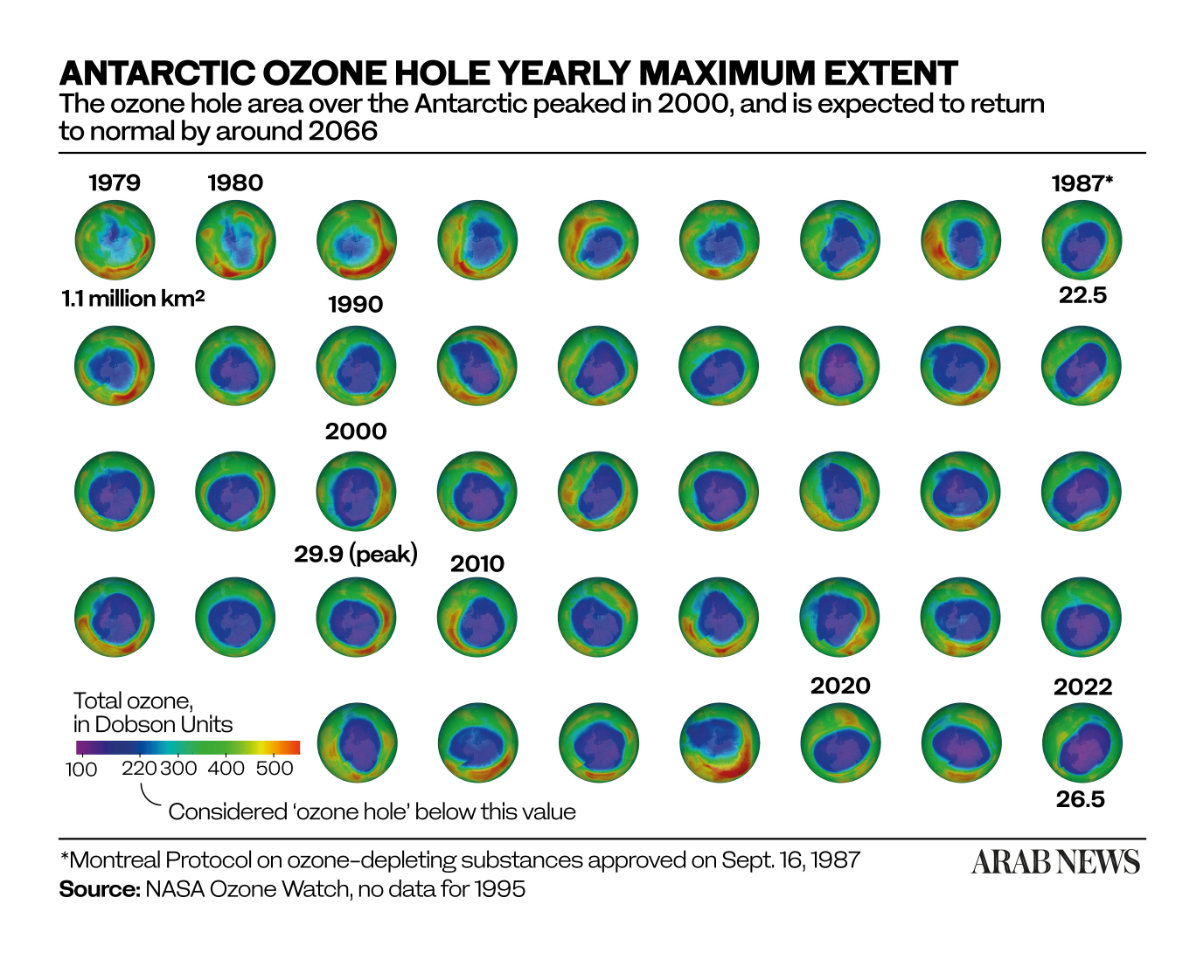
He mentioned: “Had Joe Farman and his colleagues from the British Antarctic Survey not persevered in making their measurements within the harsh Antarctic surroundings … the invention of the ozone gap might have been considerably delayed and there might have been far much less urgency to succeed in worldwide settlement on the phasing out of CFC manufacturing.”
It was the work of the survey that led to the Montreal Protocol on Substances that Deplete the Ozone Layer, an settlement, adopted in 1987, that regulated the manufacturing and consumption of almost 100 man-made chemical compounds recognized as “ozone depleting substances.”
“There had been recommendations within the Sixties and Seventies that you could possibly put gases into the ambiance which might destroy ozone,” atmospheric scientist Professor John Pyle, former head of chemistry on the College of Cambridge and one of many 4 worldwide co-chairs on the Scientific Evaluation Panel for the Montreal Protocol, instructed Arab Information.
“On the time there was additionally concern concerning the oxides of nitrogen from high-flying supersonic plane, comparable to Concorde, which may destroy ozone.
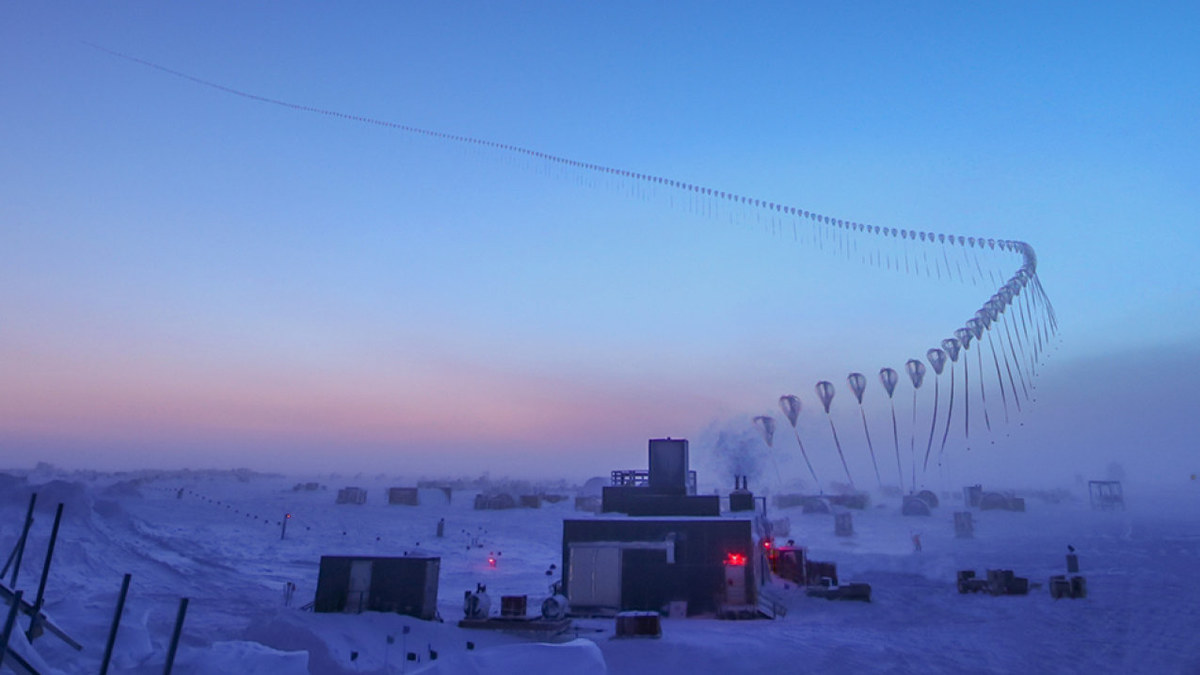
“However after Rowland and Molina printed their paper, suggesting that CFC gases may get excessive sufficient up into the ambiance to destroy ozone, there was a few decade throughout which this was only a theoretical thought earlier than, because of the British Antarctic Survey, the ozone gap was found.”
The worldwide response, choreographed by the UN and the World Meteorological Group, was virtually startlingly fast.
The British Antarctic Survey paper was printed in 1985, and by 1987 the Montreal Protocol had been agreed. Within the phrases of the UN Atmosphere Program: “The protocol is taken into account to be probably the most profitable environmental agreements of all time.
“What the events to the protocol have managed to perform since 1987 is unprecedented, and it continues to supply an inspiring instance of what worldwide cooperation at its greatest can obtain.”
Doubtless, thousands and thousands of individuals have lived longer, more healthy lives because of the Montreal Protocol. In 2019, the US Environmental Safety Company estimated that within the US alone the protocol had prevented 280 million circumstances of pores and skin most cancers, 1.6 million deaths, and 45 million circumstances of cataracts.
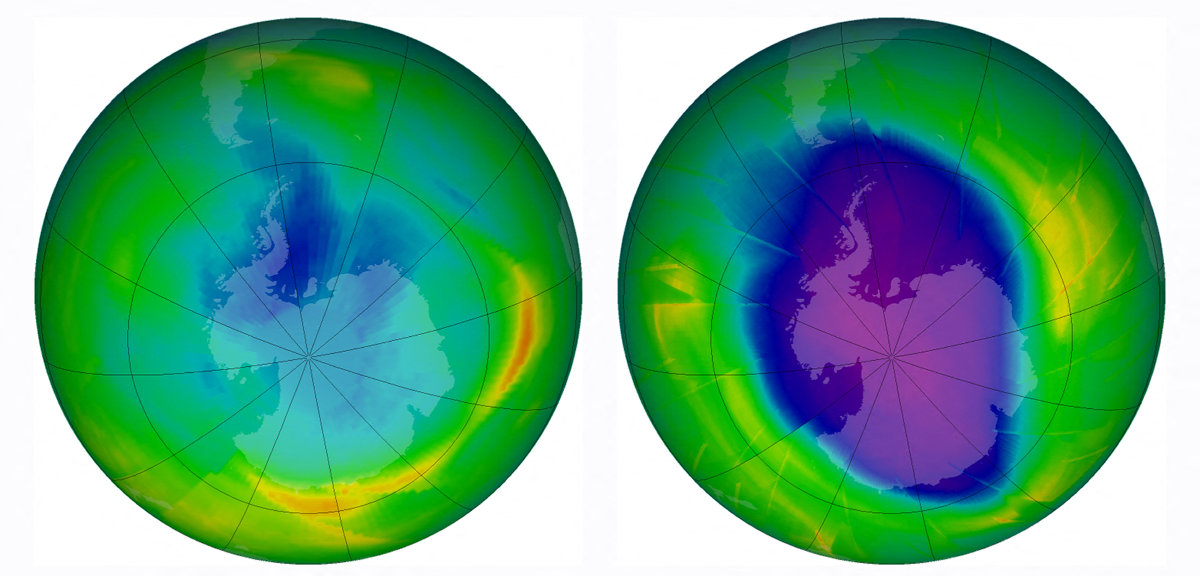
The battle shouldn’t be over, nevertheless. It’s going to take one other 4 a long time for the ozone layer to completely recuperate, based on the most recent four-yearly report from the UN-backed Scientific Evaluation Panel to the Montreal Protocol on Ozone Depleting Substances, which was printed this month.
However in accordance the “Scientific Evaluation of Ozone Depletion: 2022” report: “The part out of almost 99 p.c of banned ozone-depleting substances has succeeded in safeguarding the ozone layer, resulting in notable restoration of the ozone layer within the higher stratosphere and decreased human publicity to dangerous ultraviolet (UV) rays from the solar.”
If present insurance policies stay in place, it provides, “the ozone layer is anticipated to recuperate to 1980 values” — that’s, earlier than the looks of the ozone gap — “by round 2066 over the Antarctic, by 2045 over the Arctic, and by 2040 for the remainder of the world.”
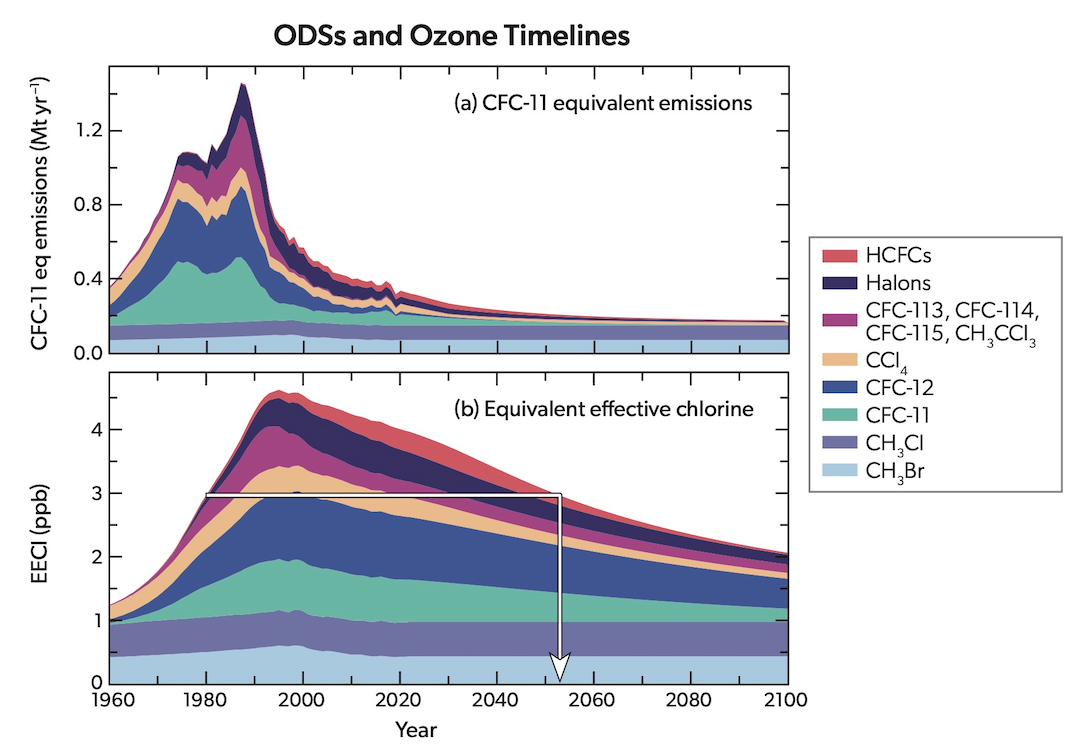
That is “improbable information,” Meg Seki, govt secretary of the UN Atmosphere Program’s Ozone Secretariat, instructed Arab Information. And it has had an extra profit within the struggle in opposition to world warming.
In 2016, an extra settlement, often known as the Kigali Modification to the Montreal Protocol, resulted within the cutting down of manufacturing and consumption of hydrofluorocarbons, or HFCs, the compounds that had been launched to exchange banned CFCs however which had been discovered to be highly effective local weather change gases. It’s estimated that by 2100, the Kigali Modification may have helped to forestall as much as 0.5 levels Celsius of worldwide warming.
“The influence the Montreal Protocol has had on climate-change mitigation can’t be overstressed,” mentioned Seki. “Over the previous 35 years, the protocol has develop into a real champion for the surroundings.”
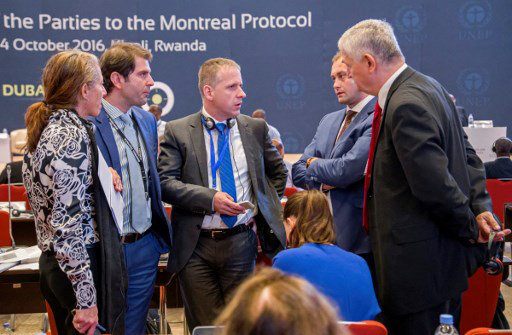
Additionally it is a shining instance of what might be achieved within the battle in opposition to local weather change.
Sept. 16 annually is the UN’s Worldwide Day for the Preservation of the Ozone Layer. As Antonio Guterres, the UN’s secretary-general, mentioned as he marked the event in 2021: “The Montreal Protocol … has finished its job nicely over the previous three a long time. The ozone layer is on the highway to restoration.”
He added: “The cooperation we’ve got seen below the Montreal Protocol is precisely what is required now to tackle local weather change, an equally existential risk to our societies.”
